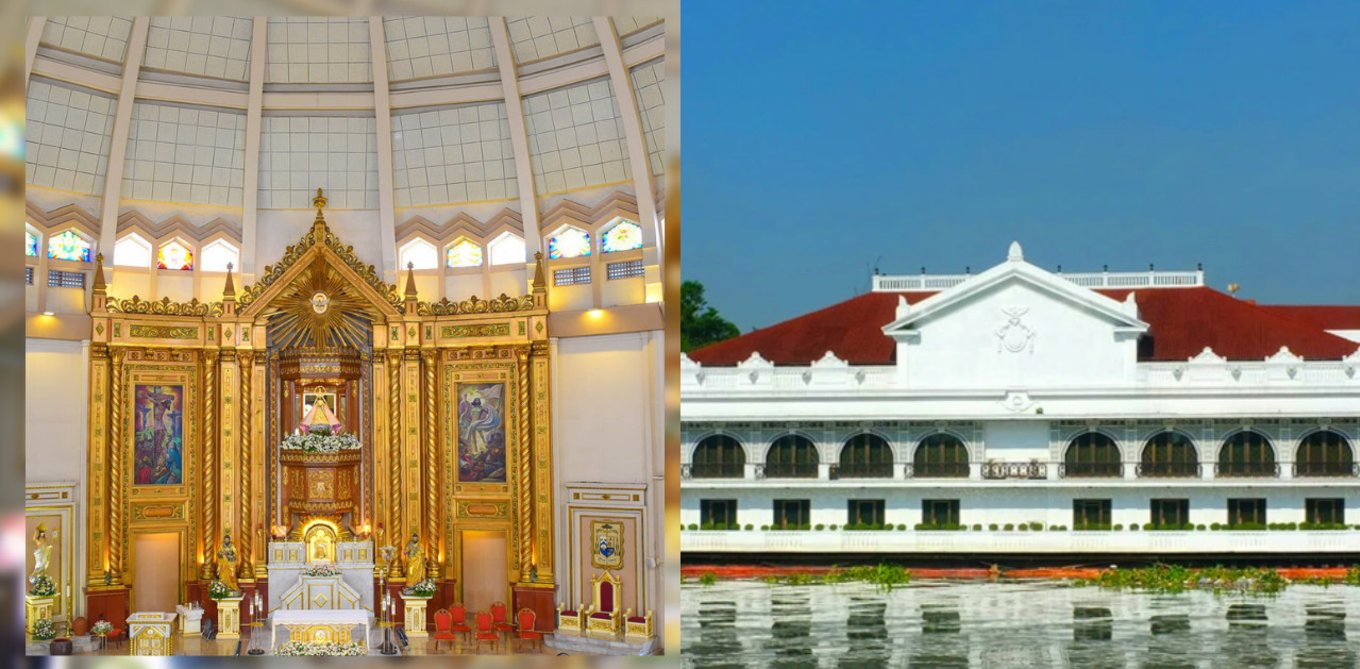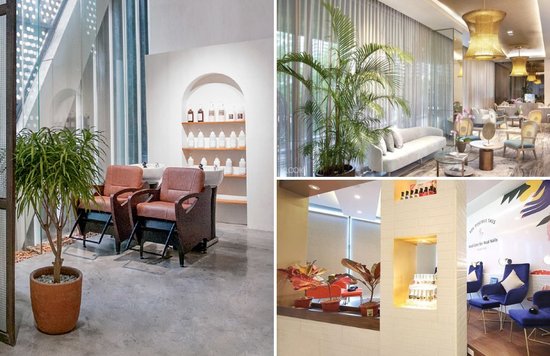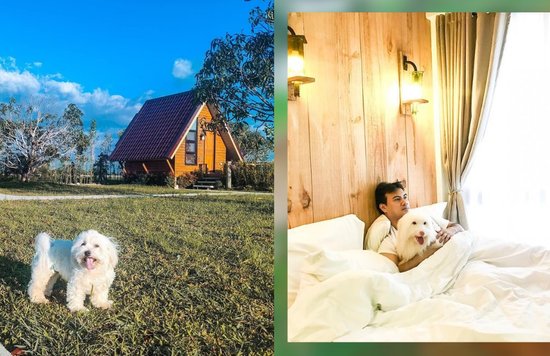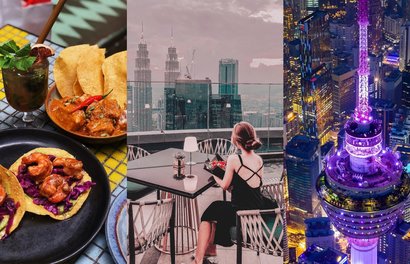What’s new in Old Manila?
The Philippines has a lot of scenic beaches and tourist spots that most of the time its capital city may have been overlooked. Although it may not come off as your first destination in mind when in the Philippines, Manila is still worth visiting because of its rich history and old charm.
Even after years of constant urbanization, Manila has maintained its beauty through its historic sites and heart-filling food incorporated with other cuisines mainly from the countries that once colonized the Philippines and the immigrants back in the day.
With technology booming, it’s easy to just find your answers and learn history online but there’s nothing like absorbing the extensive story behind the country’s capital through its old and surviving sites. Here are some of the places worth checking out when rediscovering the beauty of Manila.
Escolta
You may not hear it often but Escolta street in Binondo still has a touch of neoclassical art in its surviving establishments up to this day. Escolta was once a home to the early immigrant merchants from China during the galleon trade. The old society capital in Manila is now a go-to for those who plan on going on a food crawl and coffee shops with great views (and coffee beans, too!).
If you aren’t familiar with the place, you can easily book a tour curated by the people behind the lifestyle blog Fat Girls Day Out and indulge your eye with old classical establishments with historically enriching stories.
Binondo
And while you’re at it, you should never miss out on what the restaurants in Binondo have to offer. Known as the city’s Chinatown, the alleys in Binondo will treat you to a gastronomic authentic Chinese food tweaked to satisfy our local taste buds.
With lots of options around, it can be overwhelming and more confusing to choose where to start your food crawl. Consider booking a private tour on Klook to make your trip to Binondo more convenient. With an expert foodie as a guide, you won’t just be tasting good food, you’ll also learn more about the Tsinoy community in Binondo and see its beauty in your own eyes.
Malate
Malate has stood witness in the rise and fall (and rise again) of Manila. The former fishing village during the Spanish colonization era is now one of the busiest districts in the city. Aside from its bustling nightlife, Malate is also a must-visit place if you want to learn more about the country’s history. You can start by visiting the Malate church and stroll by Manila bay.
With the historical landmarks and recreational establishments coexisting in Malate, this place is a magnet to investors and tourists.
Intramuros
Probably one of the first places in mind when you think of Old Manila, you get exactly what you expect when visiting Intramuros. This historic walled city has always been the heart of the country’s capital and as early as the Spanish invasion, Intramuros was initially built as their military base because of its location but now, Intramuros serves as one of the main sites to see in Manila.
The cobble stones in the street and the walls built by Spaniards are still intact with churches and parks nearby. Get a glimpse of the Filipino-Spanish era when you book a tour here. This way, you won’t have to worry about your itinerary because every important heritage site is on the list so you won’t miss anything significant.
Also another activity that’s worth mentioning is the Bambike tour. Bamboo bikes are one of the popular modes of transportation within Intramuros.
Malacañan Palace
Yes, the presidential palace has a rich history so it would be a shame if you’ll miss this on your bucket list. Like most of us, you might also be confused with the name but the palace’s name originated from the Spaniards calling it “Malacañan” which translates to “place of the fisherman” in Spanish.
It was soon changed to Malacañang but former president Corazon Aquino restored its original name during its term. Currently, Malacañan is the official name of the palace while Malacañang is referred to as the office of the president.
Need more convincing? A tour arranged by Klook will make you want to jumpstart your history trip right away. Aside from hearing stories about the country’s past and current presidents, you can also get a glimpse of the palace’s spacious state rooms and even end your excursion with a delectable merienda at the Legarda mansion inside the palace.
Lawton
Lawton is usually a well-known part of Manila to local commuters due to several terminals in it but this place has lots of historical sites just waiting to be given attention to. You might frequently pass by the Manila city hall and the Central Post Office building but there are lots of back stories behind these buildings. Who would’ve thought that the central post office was designed by famous Filipino architect Juan Arellano during the 1920s? There’s also the newly-renovated Metropolitan theater, a popular entertainment venue from the 70s until the early 90s.
University belt
They teach us history in schools but there are also institutions in the city that were part of our history like the University of Santo Tomas (UST) in España. This area of San Miguel district is called the university belt because of the cluster of schools in the vicinity. UST is the oldest existing Catholic university in Asia having been established by the former Archbishop of Manila and Dominican priest Miguel de Benavides, O.P. in 1611.
The original campus was in Intramuros and UST was first called Colegio de Nuestra Señora del Santisimo Rosario. The university also has a museum and their buildings still have a piece of history in them.
Quiapo
Another key district in Manila, Quiapo has been in the recorded Philippine history as early as the 1500s and is now famous for its church with the official name Minor Basilica of the Black Nazarene or St. John the Baptist church which is the home of the venerated statue of Jesus that’s believed to be miraculous which is why thousands of devotees flock the church to send their prayers.
If you love taking photographs, look around Hidalgo street and you might even discover vintage photos and films. There’s also the historic Ocampo Pagoda compound built in the 1940s. The compound was named after its former owner Don Jose Mariano Ocampo who admired the beauty of Japan.
IMPORTANT NOTE: Be a responsible traveler! All information on this post are accurate from the time of writing. Rules, regulations and guidelines are updated frequently and may change without Klook’s prior notice. For your safety, check with the respective LGU’s and establishments directly before your travels.

















![[Updated] Complete List Of Official Nationwide MCO SOP 2021](https://res.klook.com/image/upload/fl_lossy.progressive,q_85/c_fill,w_160,h_104/v1633858858/blog/iso56uzsphmdguixkvzh.jpg)





![[Updated] Complete List Of Official Nationwide MCO SOP 2021](https://res.klook.com/image/upload/fl_lossy.progressive,q_85/c_fill,w_410,h_264/v1633858858/blog/iso56uzsphmdguixkvzh.jpg)







